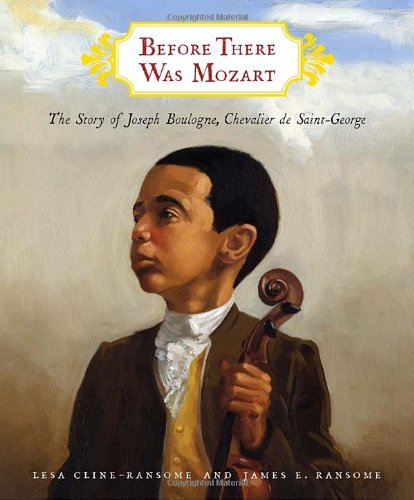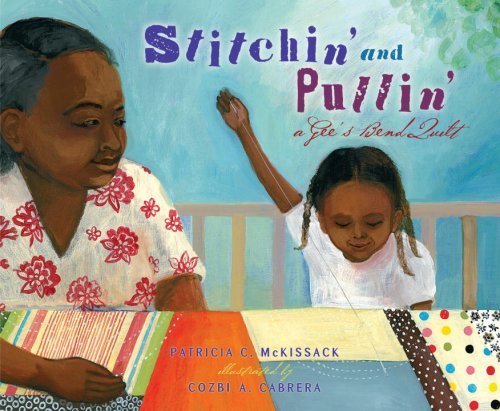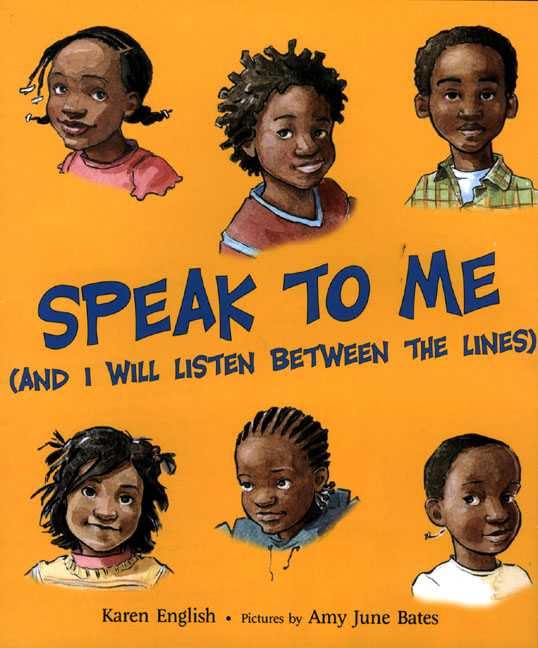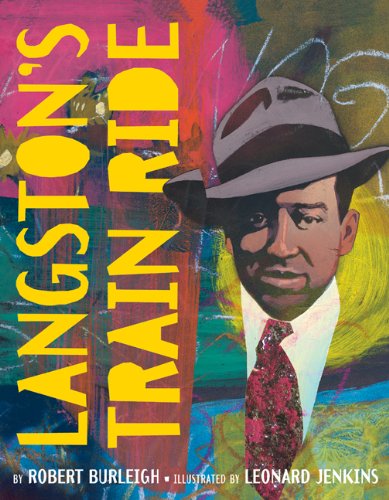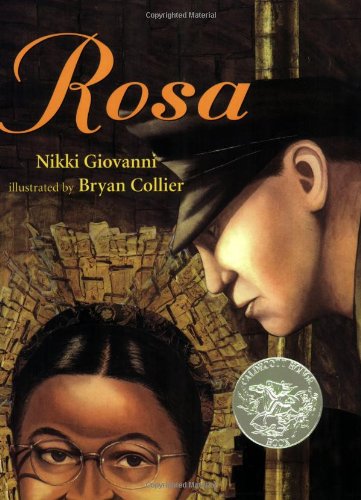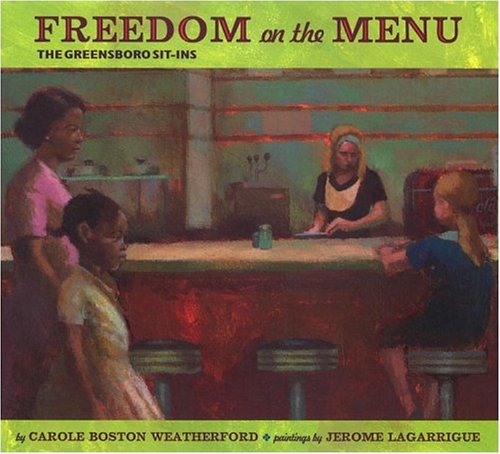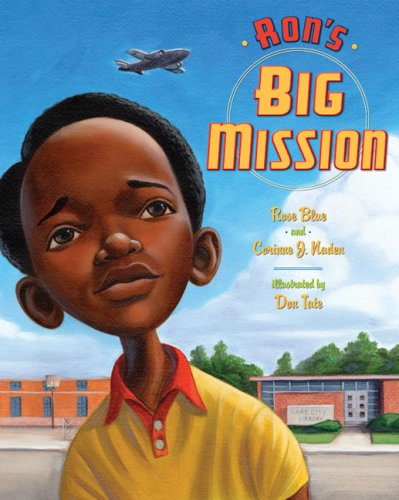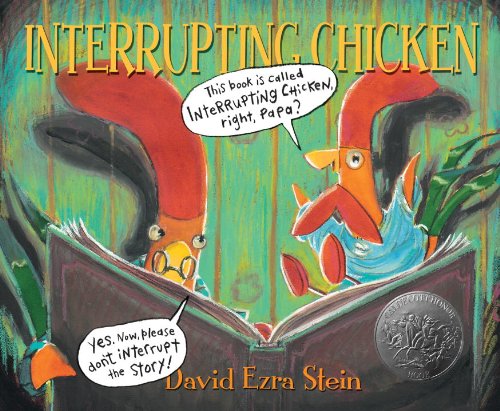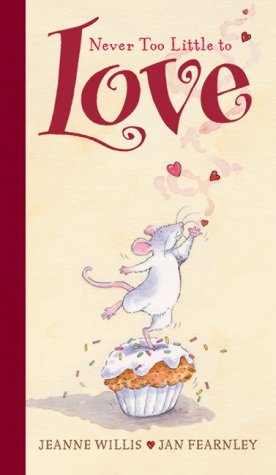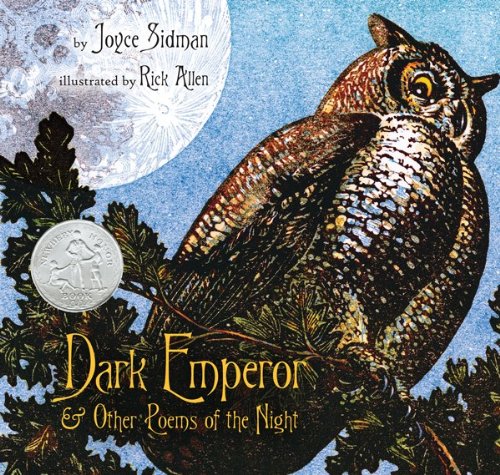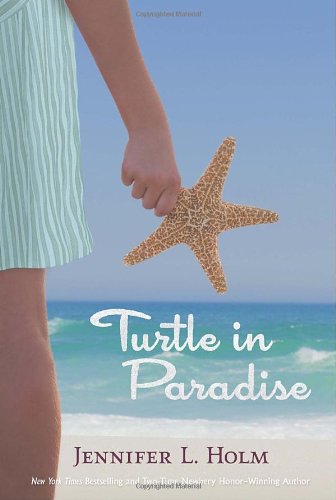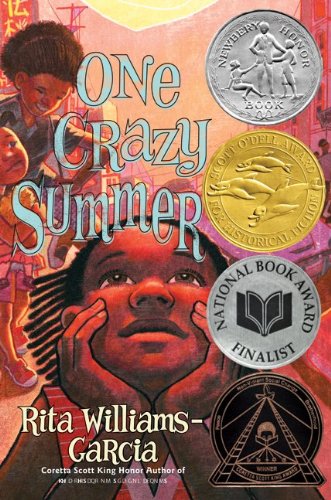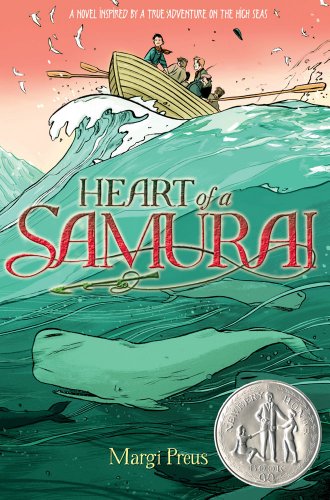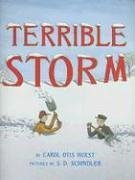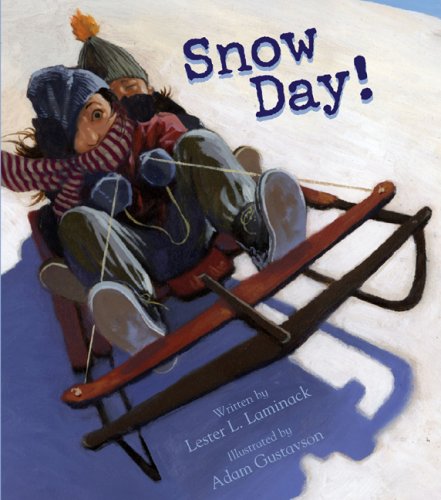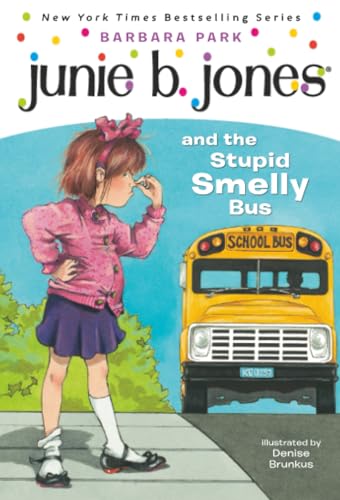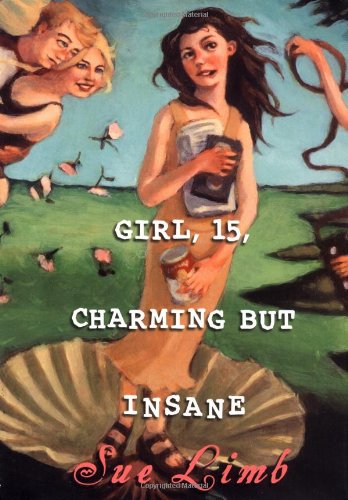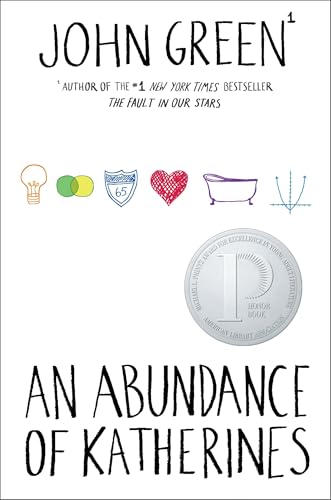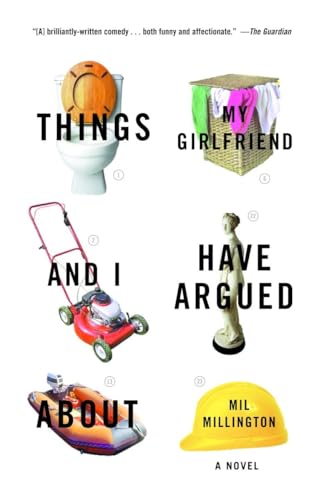I am a bit preoccupied with a bout of illness making its way through my family, which gives me a perfect excuse to repost this list without updating it. With any luck, I can give some additional, newer titles by Monday. If not, then know that I went down fighting.
[This article was originally posted February 2008 at Foreword’s Shelf Space.]
This time of year I find myself feeling a vague discomfort. And, no, it has nothing to do with polishing off a box of Thin Mints in two nights. (Don’t judge me!) During the month of February my librarian version of “Spidey sense” is tingling with the vague knowledge that all over America, teachers, librarians, and parents are picking out boring books for Black History Month. I don’t blame them, because I’m sure they are not aware of some of the newer, spectacular titles that are perfect for exploring the history of African Americans. These books cover a broad range of ages in elementary school, but as picture books they keep the storyline tight and the art engaging. For teachers or librarians who want to take the opportunity to educate their students, or for parents who want to open up conversation about their heritage, these are books that don’t put forth pages of facts and dull pictures. No, these are the books that say, “Let me tell you a story.”
 Henry’s Freedom Box (Caldecott Honor Book)
Henry’s Freedom Box (Caldecott Honor Book)
by Ellen Levin, illustrated by Kadir Nelson (2007)
At a young age, Henry is given to his master’s son and begins work in a tobacco factory. Allowed to marry a slave of another owner, he is torn apart when his wife and children are sold. With the help of a white abolitionist doctor he arranges to have himself mailed to Philadelphia and to freedom. It’s a brave and dangerous escape, and is based on a true story. This book was a Caldecott Honor Book for Kadir Nelson’s stunning and evocative illustrations.
 The Escape of Oney Judge: Martha Washington’s Slave Finds Freedom
The Escape of Oney Judge: Martha Washington’s Slave Finds Freedom
written and illustrated by Emily Arnold McCully (2007)
Oney Judge grew up as a house slave and seamstress for Martha Washington, living with the family in Mount Vernon and moving with the family to the new capital of the country, Philadelphia. As Oney grows into a young woman, she finds out that instead of being set free when her mistress dies, that she will be given to one of Martha Washington’s relatives. She decides to escape and free herself from the grasp of one of the greatest icons of American history. The watercolor and ink artwork complement the story perfectly, and additional information is provided about Oney Judge’s later life.
 Only Passing Through: The Story of Sojourner Truth
Only Passing Through: The Story of Sojourner Truth
by Anne Rockwell, illustrated by R. Gregory Christie (2002)
Isabella lived a particularly difficult life as a young slave, having been sold three times before she was thirteen. At sixteen, she could do the work of a man, but was forced to marry so she could bear children. Living in New York, she was to become free in 1827 according to the law, though her owner tried to cheat her of her freedom. As she grew older, Isabella grew stronger in her desire to fight slavery however she could and she changed her name to Sojourner Truth and spoke out against the evils of slavery. The illustrations are abstract and interesting, as different and unique as the woman herself.
 Night Boat to Freedom
Night Boat to Freedom
by Margot Theis Raven, illustrated by E. B. Lewis (2006)
At his grandmother’s urging, a young black boy rows other slaves across the river and to freedom. While John is strong, it’s thought that he is young enough that his absence at night will go unnoticed. Eventually though, he needs to make the journey to freedom himself and he’s not going without the older woman who has given him strength. Punctuated with passages where the grandmother sews a quilt based on the color the freed slaves are wearing, it lends a poetic sense to the phrase, “What color is freedom tonight?” The illustrations are stunning, bringing into focus the subtle shades of night and the sharpness of color. There’s a two-page spread of slave traders leading the younger Grandmother aboard a slave ship with promises of bright red flannel that is absolutely mesmerizing.
 Moses: When Harriet Tubman Led Her People to Freedom (Caldecott Honor Book)
Moses: When Harriet Tubman Led Her People to Freedom (Caldecott Honor Book)
by Carole Boston Weatherford, illustrated by Kadir Nelson (2006)
Steeped in the religion that formed a deep influence in her life, this book shows Harriet Tubman’s escape from slavery, led by the voice of the Lord. She subsequently is compelled to go back and rescue her family and numerous other slaves. The story is heavy in its religious tone, though appropriate in terms of her beliefs and experiences. The illustrations by Kadir Nelson are breathtaking, making the Caldecott Honor award for this book well-earned.
 Martha Ann’s Quilt for Queen Victoria
Martha Ann’s Quilt for Queen Victoria
by Kyra E. Hicks, illustrated by Le Edward Fodi (2006)
In 1830, Martha Ann and her family bought their freedom, and with the assistance of the American Colonization Society, moved to Liberia to live. The children could attend school in Liberia, and they were finally free from slavery in America. Even after a deadly fever took away her mother and father, the children decided to stay in the country far from their home. When the queen of England sent ships to patrol the coast of Liberia to keep slave catchers away, Martha Ann made herself a promise to meet Queen Victoria someday. Through years of waiting and some hard times, Martha Ann never forgot her goal, and worked to make it come true. This book shows a different perspective on this time in history, and offers a lesson in reaching for our dreams.
 Show Way (Newbery Honor Book)
Show Way (Newbery Honor Book)
by Jacqueline Woodson, illustrated by Hudson Talbott (2005)
This Caldecott Honor Award-winning book is a true stunner in both the illustrations for which it was judged and the text that shapes the stories of generations of African American women. Starting with Soonie’s great-grandmother, who was sold away when she was seven, and left her with muslin, two needles, and red thread from her mama, the story follows the trials and paths of the next seven generations up to the author’s baby. The story covers the “show way” quilts, which were sewn to give other slaves messages to help them on their journeys. The story goes along the path on the Civil War and to a time of reconstruction and then of civil rights. Throughout there are echoes of the quilts from that first piece of muslin and red thread. An amazing and moving book that may have readers tearing up at each repeat of, “Loved that baby up so. Yes, they loved that baby up.”
 The Listeners (Cybils Finalist)
by Gloria Whelan, illustrated by Mike Benny (2009)
The Listeners (Cybils Finalist)
by Gloria Whelan, illustrated by Mike Benny (2009)
The lives of the slaves are hard work, little food, and old clothes. But there are also times of pride, worship, and family. Under the cover of darkness, the slave children sneak under the windows of the Big House to hear the news and then take it back to their community. Inside the conversations are elements of harshness, indifference, compassion, and with any luck — hope. Beautifully rendered, this story for older readers will touch your heart and open your eyes.
As it turned out, I had one newer book ready to add,
The Listeners. Tomorrow I’ll continue with picture books that cover the 1900s and the Civil Rights Movement.
Links to material on Amazon.com contained within this post may be affiliate links for the Amazon Associates program, for which this site may receive a referral fee.

